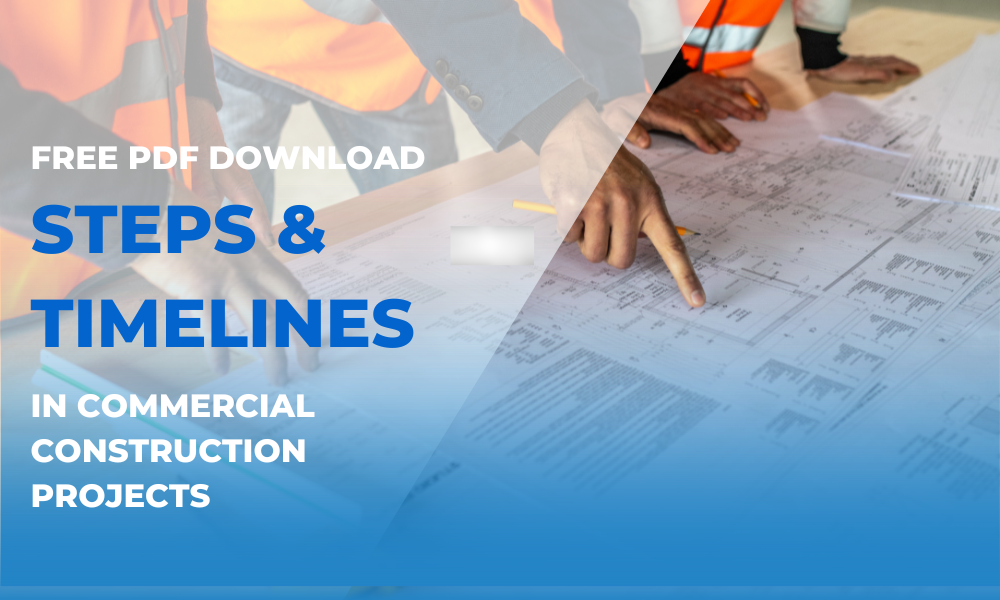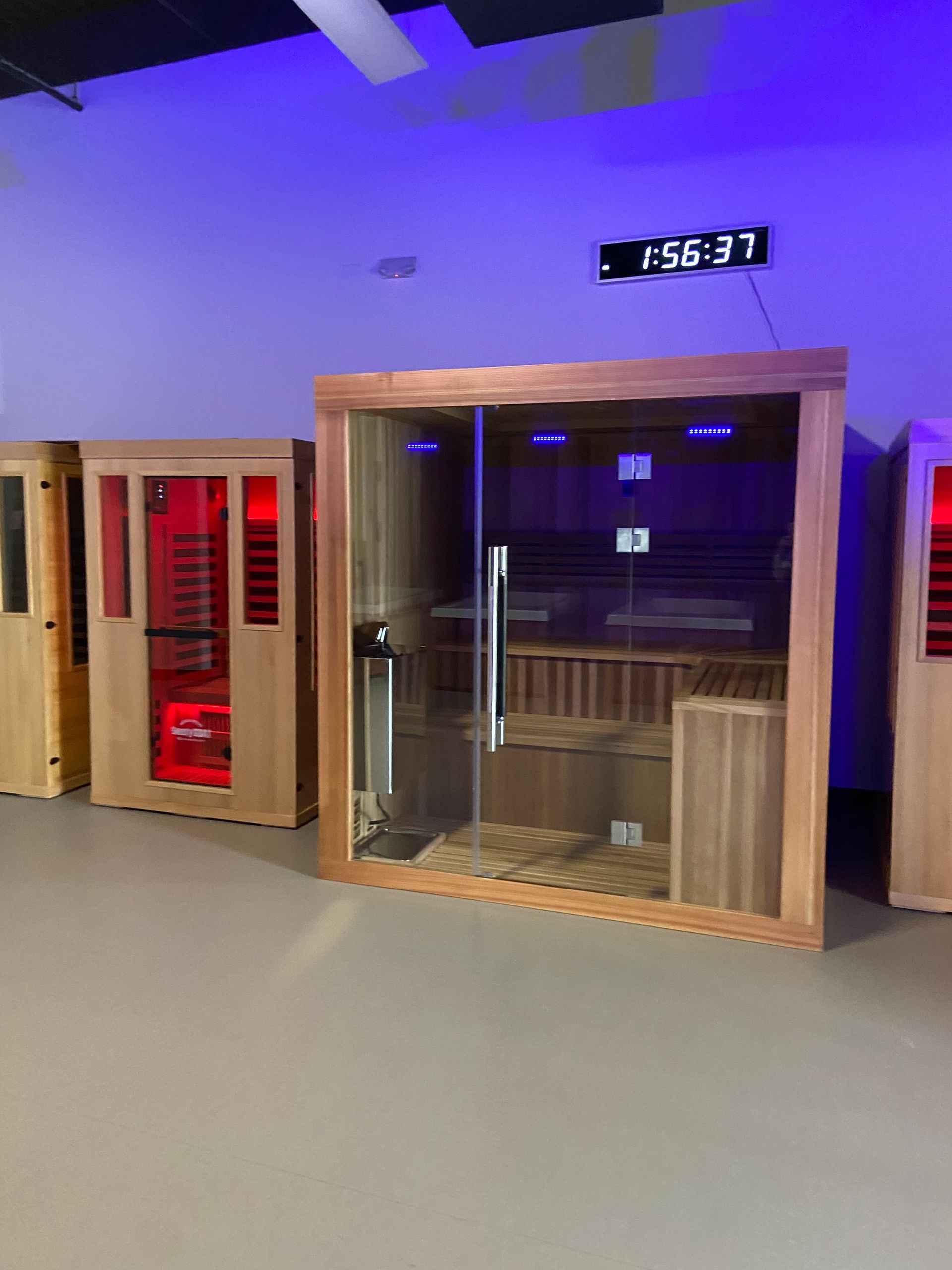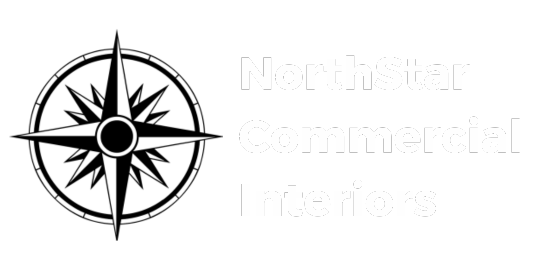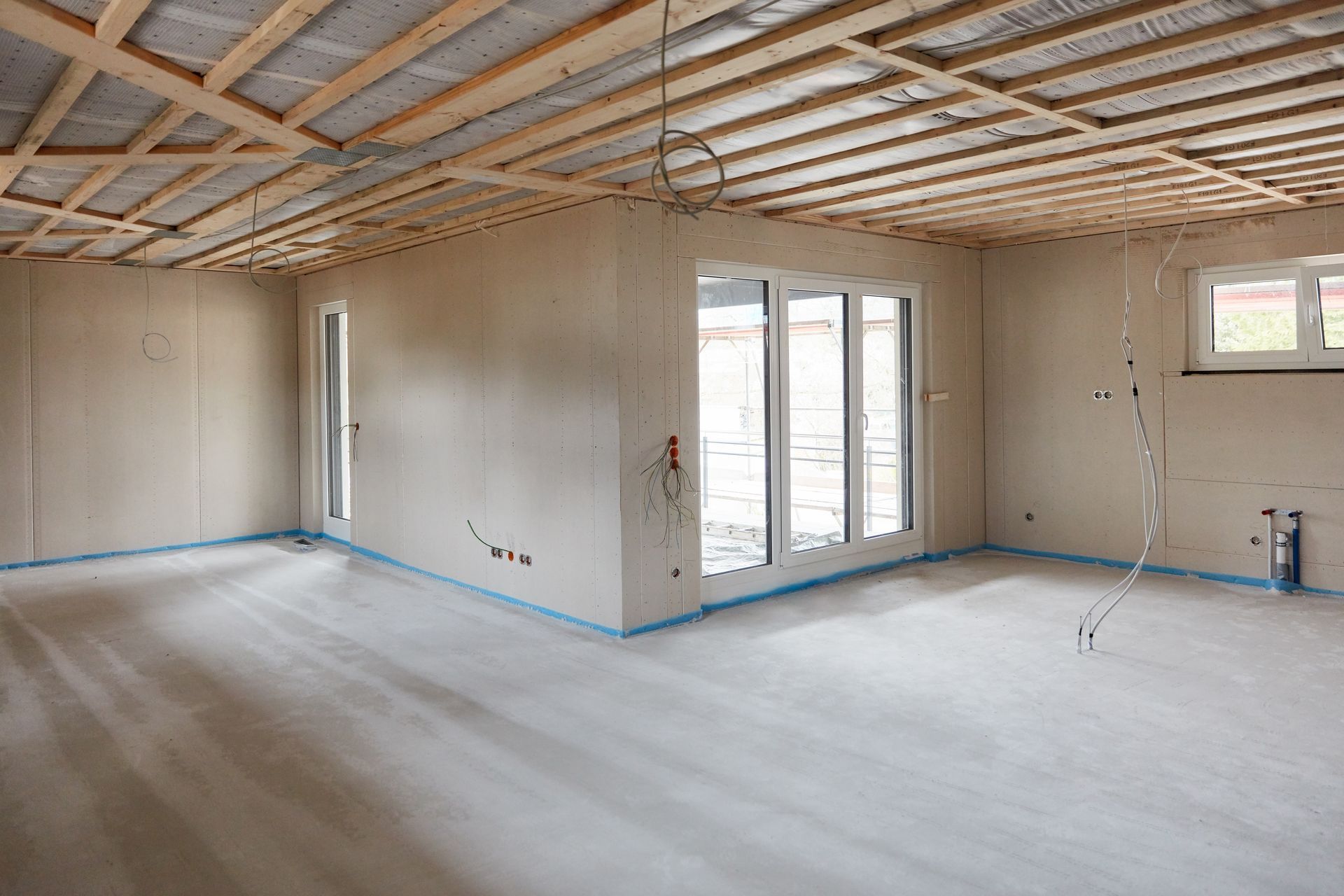May 31, 2025
Tenant Improvement Allowances (TIAs) can be a game-changer for small business owners in Frisco, Texas, looking to set up or revamp their commercial spaces. Whether you’re opening a medical practice, a retail store, or a tutoring center, understanding TIAs helps you stretch your budget and create a space that works for your business. This guide breaks down everything Frisco business owners need to know about TIAs, from what they are to how to negotiate them effectively. Let’s dive in. What Is a Tenant Improvement Allowance? A Tenant Improvement Allowance is money provided by a landlord to cover the cost of customizing or improving a leased commercial space. Think of it as a budget the landlord gives you to make the space your own—whether that’s adding walls, installing new flooring, or upgrading lighting. TIAs are common in commercial leases, especially in competitive markets like Frisco, where landlords want to attract quality tenants. TIAs typically range from $5 to $50 per square foot, depending on the property, location, and lease terms. For example, a 2,000-square-foot space with a $20-per-square-foot TIA would give you $40,000 to work with. According to a 2023 report by CBRE, TIAs in suburban markets like Frisco often fall between $15 and $30 per square foot for office and retail spaces. Why TIAs Matter for Frisco Business Owners Frisco is one of the fastest-growing cities in Texas, with a population that jumped from 117,000 in 2010 to over 210,000 by 2023, per U.S. Census data. This growth fuels demand for commercial spaces, from medical offices in Legacy West to retail shops in The Star District. But building out a space isn’t cheap. TIAs help small business owners offset costs, letting you focus on growing your business instead of draining your savings. For example, a chiropractor opening a practice might need exam rooms, a reception area, and specialized flooring. A TIA can cover these upgrades, making the space functional without breaking the bank. Without a TIA, you’re stuck footing the bill for everything, which can eat into your startup capital. Types of Tenant Improvement Allowances Not all TIAs are created equal. Landlords offer different types, each with its own pros and cons. Here’s a breakdown of the three most common types: Cash Allowance : The landlord provides a set amount of money (e.g., $25 per square foot) for improvements. You can use it for almost anything—walls, paint, fixtures, or even furniture in some cases. This type gives you the most flexibility but often requires you to manage the project and submit receipts for reimbursement. Turnkey Build-Out : The landlord handles the entire build-out based on an agreed-upon plan. You provide a wishlist (e.g., three offices, a break room, and new carpet), and they make it happen. This is great for business owners who don’t want to deal with contractors, but you have less control over the process and materials. Reimbursement Allowance : The landlord agrees to reimburse you for improvements after you pay for them upfront. This type requires you to have cash on hand and can involve a lengthy approval process, but it’s common in markets like Frisco where landlords want to ensure quality work. Each type suits different needs. A cash allowance works well for hands-on owners who want to oversee every detail, while a turnkey build-out is ideal for busy professionals like doctors who need to focus on their practice. How to Negotiate a Tenant Improvement Allowance Negotiating a TIA can feel intimidating, but it’s a standard part of commercial leasing. Landlords in Frisco are often open to offering TIAs, especially for long-term leases or high-demand tenants like medical practices or retail franchises. Here are five practical tips to get the best TIA possible: Know Your Needs : Before you start negotiations, list out exactly what improvements your business requires. For example, a childcare center might need soundproof walls, extra plumbing, and durable flooring. Having a clear plan shows the landlord you’re serious and helps justify your request. Research Market Rates : TIAs vary by location and property type. In Frisco, office spaces in areas like Hall Park might offer higher TIAs ($20–$30 per square foot) than older retail strips ($10–$15 per square foot). Check with local commercial real estate agents or browse listings on platforms like LoopNet to get a sense of what’s typical. Leverage Your Lease Term : Landlords are more likely to offer generous TIAs for longer leases (e.g., 5–10 years) because they lock in a reliable tenant. If you’re confident in your business’s growth, committing to a longer term can boost your TIA. Hire a Tenant Representative : A commercial real estate broker who represents tenants can negotiate on your behalf. They know the Frisco market and can push for better terms. According to NAIOP, tenants with representation often secure 10–20% higher TIAs than those who go it alone. Get Everything in Writing : Once you agree on a TIA, make sure the lease spells out the amount, how it’s disbursed, and what it can be used for. Vague terms can lead to disputes later. Pro tip: Don’t be afraid to ask for more than you need. If you want $20 per square foot, start by asking for $25. Landlords expect some back-and-forth and may counter with a number closer to your goal. Common Uses for TIAs in Frisco TIAs can cover a wide range of improvements, but landlords often set restrictions on what qualifies. Here are six common ways Frisco business owners use TIAs, based on projects handled by contractors like NorthStar Commercial Interiors: Partitioning Walls : Dividing a shell space into offices, exam rooms, or retail displays. For a 1,500-square-foot space, this can cost $10,000–$20,000. Flooring Upgrades : Installing durable, attractive flooring like vinyl plank or carpet. Expect to spend $3–$7 per square foot, per HomeAdvisor. Lighting Fixtures : Adding energy-efficient LED lights or specialty fixtures for retail displays. Costs range from $1,500 to $5,000 for a small space. Plumbing and HVAC : Essential for medical practices or salons needing sinks, water lines, or upgraded ventilation. These can run $5,000–$15,000, depending on complexity. Painting and Finishes : A fresh coat of paint and modern finishes can transform a space for $2–$4 per square foot. Signage and Branding : Exterior signs or interior branding elements to make your business stand out. Budget $1,000–$5,000 for professional signage. Always check with your landlord to confirm what’s allowed. Some TIAs exclude “soft costs” like design fees or permits, while others are more flexible. Pitfalls to Avoid with TIAs While TIAs are a great tool, they come with potential headaches. Here are four common mistakes to steer clear of: Underestimating Costs : Construction costs in Frisco have risen 5–10% annually since 2020, according to Construction Dive. Get detailed quotes from contractors before signing a lease to ensure the TIA covers your needs. Ignoring the Fine Print : Some landlords require you to repay the TIA if you break the lease early. Read the lease carefully to avoid surprises. Choosing the Wrong Contractor : A bad contractor can burn through your TIA with shoddy work or delays. Look for experienced local firms like NorthStar Commercial Interiors, which specializes in Frisco’s commercial market. Delaying the Process : TIAs often have deadlines for completing work or submitting reimbursement requests. Plan your project timeline carefully to avoid losing funds. How TIAs Fit into Frisco’s Commercial Landscape Frisco’s booming economy makes it a hotspot for small businesses, but it also means higher construction costs and competition for prime spaces. TIAs are especially valuable in areas like Downtown Frisco or the $5 Billion Mile, where new developments are popping up. For example, a retail space in Frisco Square might come with a $25-per-square-foot TIA to attract boutique shops or fitness studios. Medical practices, in particular, benefit from TIAs due to their specialized needs. A dental office in Plano’s Legacy West might use a TIA to install X-ray rooms and custom cabinetry, which can cost $50,000 or more without landlord support. Retail businesses, like beauty salons or tutoring centers, also rely on TIAs to create inviting, functional spaces that draw customers. Working with a Contractor to Maximize Your TIA A good contractor is your partner in making the most of a TIA. They’ll help you prioritize improvements, stick to your budget, and meet landlord requirements. In Frisco, contractors like NorthStar Commercial Interiors bring local expertise, handling everything from shell space finish-outs to disaster recovery projects. For example, a 2,000-square-foot medical office build-out might include $20,000 in walls and flooring, $10,000 in plumbing, and $5,000 in lighting. A skilled contractor ensures every dollar of your TIA is spent wisely, avoiding costly change orders or delays. They can also coordinate with landlords to streamline approvals and reimbursements. Tenant Improvement Allowances are a powerful tool for Frisco business owners looking to create the perfect commercial space. By understanding how TIAs work, negotiating smartly, and partnering with a trusted contractor, you can transform a blank shell or outdated space into a hub for your business’s success. Whether you’re opening a retail shop, a medical practice, or a childcare center, a well-used TIA saves you money and sets you up for growth. Contact Us Today Ready to start your commercial project? NorthStar Commercial Interiors is a commercial General Contractor serving Collin and Denton County, Texas. We specialize in helping small business owners and medical practitioners through the commercial construction processes, including remodels, shell space finish-outs, renovations, and disaster recovery. Contact us today at 972-813-9190 to discuss your vision and make it a reality.













